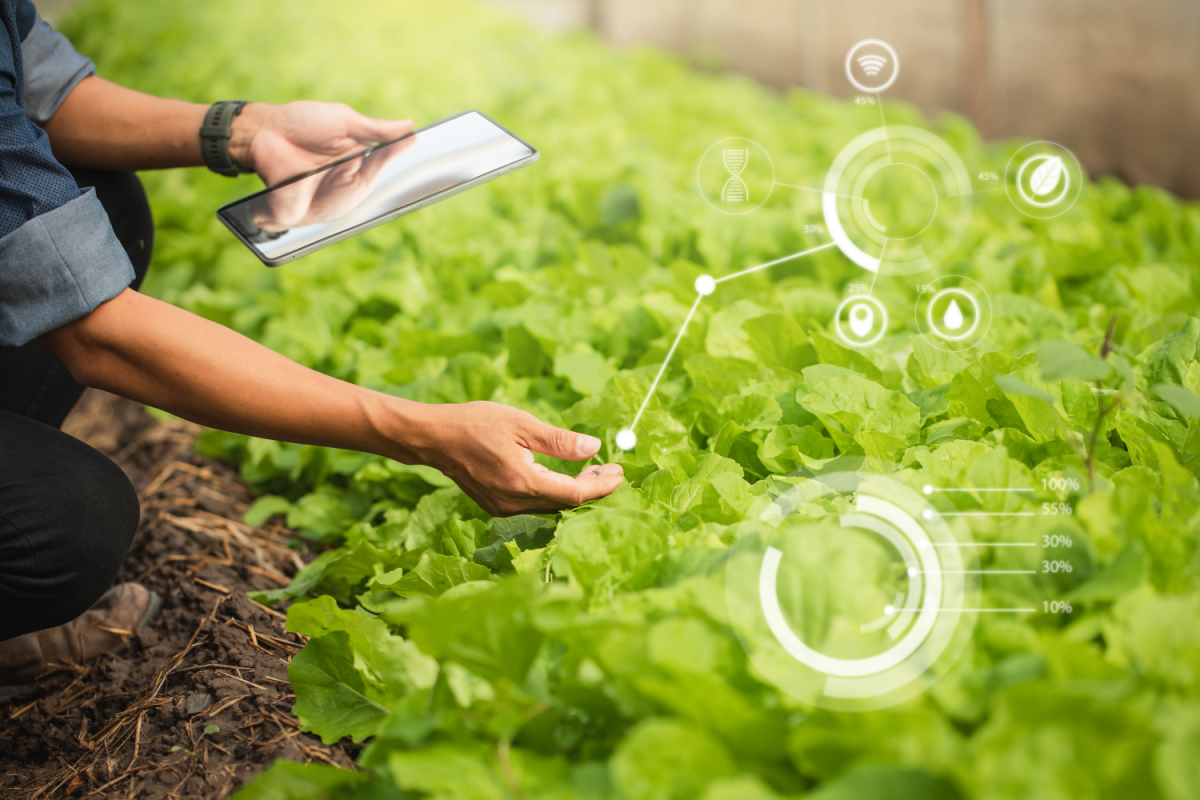Only a month into the new year, hybrids are already taking food and beverage innovation by storm. The traditional meaning of a hybrid food is the crossing of two different varieties of a fruit or vegetable to create a new variety — one that is not found in nature. But the food and beverage industry has created its own spin on hybrid foods and there are already a variety of new products this year that exemplify it.
The meat and dairy category of hybrid foods sparked some skepticism in its early days and many passed it off as a fad. Products in this category are typically made from a mix of plant-based and animal-based proteins, reducing the reliance on solely animals and increasing the amount of product that can be sold. Some believe that the motivation to market hybrids comes from the need to ship more products rather than to meet consumer needs.
Others believe the insurgence of hybrid products stems from flexitarian diets — a semi-vegetarian diet that focuses on plant-proteins, minimally-processed foods and meat and other animal products in moderation. With the sale of various meat products projected to increase by just one percent in the next five years in the UK, those transitioning to flexitarian diets may be part of the cause. And in the US, about one in five people identify as flexitarian as of 2019.
Related: The Production of Blended Meat Products: Part Meat and Part Plant-Based
Certain products were made specifically with flexitarians in mind. Take Rebel Meat’s organic burger patties — made from 50 percent meat (beef) and 50 percent plant-based ingredients. The Australian startup is targeting flexitarians as well as hardcore meat-eaters that less willing to try 100 percent plant-based products. With less reliance on cows, Rebel’s burgers produce fewer carbon emissions than their 100 percent meat counterparts, and also contain less cholesterol and fat.
Live Real Farms applied the 50/50 split idea to its milk. The farmer-owned company blends 50 percent dairy milk with 50 percent almond or oat milk in its Dairy+Milk Blends. Just last week, Phoenix, Arizona-based Shamrock Farms introduced a chocolate milk that blends creamy dairy with natural plant-based ingredients, giving consumers the best of both worlds: real chocolate milk with less sugar and natural fats found in coconut cream and almonds.
Cheese is also taking advantage of the hybrid movement. The Laughing Cow recently announced a line of cheese blends that combine the brand’s traditional cheeses with beans, chickpeas and lentils. The Laughing Cow Blends come in three flavors, Chickpea & Cheese with Herb, Lentil & Cheese with Curry and Red Bean & Cheese with Paprika, balancing dairy and non-dairy ingredients in its pre-proportion wedges.
It’s not just meat and dairy that are getting into hybrids. Post Holdings is splicing cereal with ice cream in its newest creation, Pebbles Light Ice Cream. The ice cream comes in two varieties, Fruity Pebbles and Cocoa Pebbles, and is meant to simulate the flavor at the bottom of cereal bowls in ice cream format. Coca-Cola’s newest offering combines traditional soda with Brazilian coffee in its Coca-Cola With Coffee beverage. The hybrid drink comes in caramel, dark blend and vanilla flavors, as well as zero-sugar offerings in select flavors.
These new products signify that 2021 might be the year of hybrids — and not just in the meat and dairy space. Hybrids allow food and beverage companies to explore new possibilities and create products that never existed. In a time when innovation and food technology are key, we can certainly expect more hybrid food products in the coming year.












Join or login to leave a comment
JOIN LOGIN